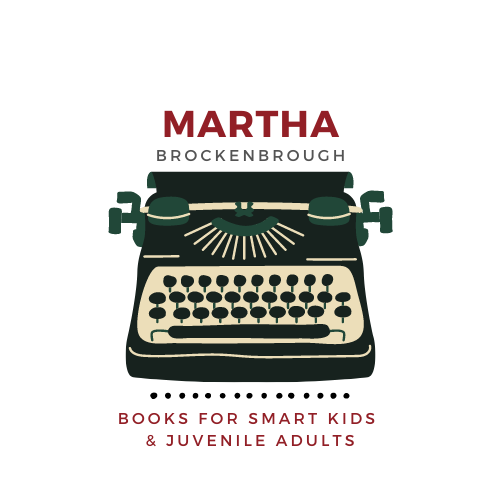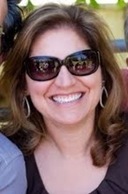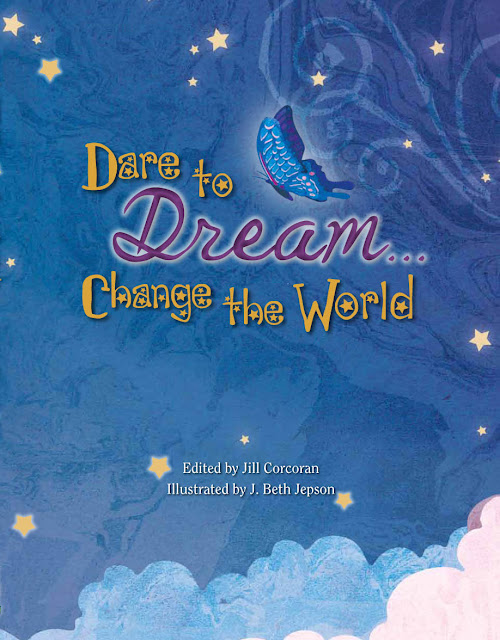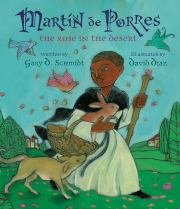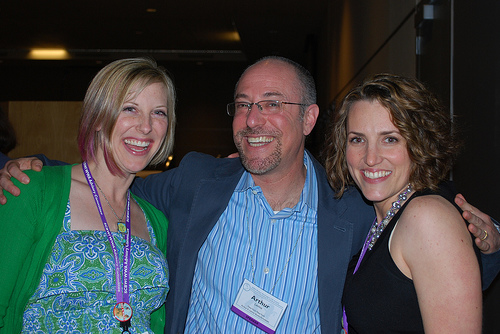This post is part of a 100-writer-strong blog tour for a book called POISON, the debut novel of a lovely Portland, Oregon writer named Bridget Zinn, who died of colon cancer before her book came out.
Tour participants are writing about the first time we did something. I chose something that is both small and big at the same time ... the kind of paradox I love. You can learn more about Bridget and her fantastic book (which my daughter LOVED) by scrolling down. Meanwhile, here's my post. It's about handstands.
. . .
It was a small thing. A stupid thing. I probably shouldn't have cared, but I did.
I wanted to do a handstand.
Everyone else in my yoga class could do one. They'd put their palms on the ground and through some mechanism utterly mysterious to me, their feet would rise and then, magically, their bodies would be inverted. ... feet over belly over shoulders over head over hands.
My classmates, people of all ages and sizes, made this look easy. I'd seen children do the same on the playground. They'd upend themselves without doubt or fear.
So why couldn't I?
I thought about it for a long time. I wasn't a stranger to physical challenges. I'd done triathlons and marathons, more out of determination than coordination or grace. But sheer force of will wasn't working for me with this particular challenge.
I'd try. Oh, I would. But there was no magic in me. I'd kick one leg up. Gravity and its emotional twin, fear, would pull it back down. While everyone around me was upside down, I was earthbound and despondent.
In yoga, you aren't supposed to care about this. You're just supposed to inhabit your body experiencing each moment as though it is a gem in a glittering necklace of time ... not judging, just experiencing.
This is a lot easier said than done, especially when everyone else seems to able to easily do that thing you can't. Teachers tried to help. They'd offer advice and some encouragement. Some would literally lift my feet until I was in a handstand.
"There!" they'd say. "You're doing it!"
Because I am no longer three years old, this did not fool me. I appreciated the effort, though.
I made things worse for myself by connecting the handstand to another long-term goal: writing a novel. This was another mysterious thing that people around me seemed to manage. Friends could do it. I'd read their drafts and published books, some of which had flown out of their fingertips in a matter of weeks. Likewise, strangers could do it. I regularly surrounded myself with their works as I walked through bookstores. I wept in delight, wonder, and, admittedly, some sadness as I read the pages and fell into their miraculous worlds.
On the surface, these two things I wanted to do were unrelated. One was physical. The other, emotional and intellectual. Why did my mind join them? Besides the obvious answer--to torture me--I can only conclude that I'd linked handstands to novels out of hope.
I hoped that by solving one bedeviling and shaming problem, the universe would shift, and offer me my answer to the other. Ting!
It would be nice if the world worked this way, wouldn't it? Books do, after all. If the heroine gets the key to the garden, the gate flies open and the magic is revealed.
And so, with this crazy seed of hope inside me, I did the work--and then some. I showed up three, four, five times a week to yoga. Most weeks, I showed up even more often to write. Despite that, I could not do a handstand. And I did not sell a novel. And in the dark, where I did all of my yoga and most of my writing, a part of me wondered whether I would always be on the ground, mystified and disappointed.
Still, I kept at it, managing eventually to understand what is meant by staying in the moment without judgment. I began to notice things. Or rather, they revealed themselves to me. I noticed where my hands had to be in relation to my shoulders. I noticed the strange connection of my stomach muscles to my feet. The way my whole body rose when I focused on the center of things and not just the edges.
Around that time, my yoga studio closed. These things, at least in certain cities, are as common as coffee shops and people writing novels. Failure is all too common. It was also then that I parted ways with a very beloved agent, another common thing (it's strange how the commonness of failure does not diminish its pain).
I spent that summer drifting, getting out of shape, and contemplating quitting writing before my friend Jill Corcoran talked me out of that nonsense and signed me as a client.
And in the fall, I started working out at a place where no one does handstands. Instead of focusing on the moment, chanting, and stretching our limbs, we focuse on the iron we lift, the weighted balls we throw, and the boxes we jump over. For someone who tends to move through life powered by sheer force of will, it's a good fit.
Then came the unexpected day at this new, not-yoga gym, where my teacher told us to do handstands. She demonstrated one, and I watched the way she got into it--totally differently from the slow rise of the yoga teacher. A friend I worked out with did the same. It looked, quite frankly, as scary as hell.
Too scary for me, in fact. Which is when I realized that all along, fear had been the thing weighing me down.
I acknowledged this and put my palms on the ground for one more try. I felt the connection there. I arranged my shoulders in that old familiar way. I willed my center to rise, because what the hell. I wasn't in yoga anymore. Most people in the class weren't even trying. I had nothing at that point to lose.
And then, letting my body do what my brain had figured out it needed to, something happened. I'd turned myself upside down and it felt ... familiar. Like something I understood in minute detail, as you might intimately know a field of broken glass that you have just crossed on your hands and knees.
A few weeks after that, weeks in which I had done a handstand every day, my agent, Jill, sold the novel. I'd already started in on another one, one that has taken me two years to write, one that I will start revising tomorrow, knowing that it's at this point an uncertain heap of words that will take all my focus and courage to untangle.
But I can do this thing. Maybe not as easily as most writers I know--but easy is a relative term. I don't think anyone finds this to be easy. All we can find is our own way to do it.
You put your hands to the mat or the keyboard.
You remind yourself that handstands don't come from the edges, and books don't start at The End.
The good stuff is all in the center, and once you've found yours, you are there--for at least one, shining moment in time.
About Poison
 Sixteen-year-old Kyra, a highly skilled potions master, is the only one who knows her kingdom is on the verge of destruction—which means she's the only one who can save it. Faced with no other choice, Kyra decides to do what she does best: poison the kingdom's future ruler, who also happens to be her former best friend.
Sixteen-year-old Kyra, a highly skilled potions master, is the only one who knows her kingdom is on the verge of destruction—which means she's the only one who can save it. Faced with no other choice, Kyra decides to do what she does best: poison the kingdom's future ruler, who also happens to be her former best friend.
But, for the first time ever, her poisoned dart…misses.
Now a fugitive instead of a hero, Kyra is caught in a game of hide-and-seek with the king's army and her potioner ex-boyfriend, Hal. At least she's not alone. She's armed with her vital potions, a too-cute pig, and Fred, the charming adventurer she can't stop thinking about. Kyra is determined to get herself a second chance (at murder), but will she be able to find and defeat the princess before Hal and the army find her?
Kyra is not your typical murderer, and she's certainly no damsel-in-distress—she's the lovable and quick-witted hero of this romantic novel that has all the right ingredients to make teen girls swoon.
Buy a copy:
Add Poison to your Goodreads pile!
About Bridget Zinn
 The beautiful Bridget ZinnBridget grew up in Wisconsin. She went to the county fair where she met the love of her life, Barrett Dowell. They got married right before she went in for exploratory surgery which revealed she had colon cancer. They christened that summer the "summer of love" and the two celebrated with several more weddings. Bridget continued to read and write until the day she died. Her last tweet was "Sunshine and a brand new book. Perfect."
The beautiful Bridget ZinnBridget grew up in Wisconsin. She went to the county fair where she met the love of her life, Barrett Dowell. They got married right before she went in for exploratory surgery which revealed she had colon cancer. They christened that summer the "summer of love" and the two celebrated with several more weddings. Bridget continued to read and write until the day she died. Her last tweet was "Sunshine and a brand new book. Perfect."
Bridget wanted to make people laugh and hoped readers would enjoy spending time with the characters she created. As a librarian/writer she loved books with strong young women with aspirations. She also felt teens needed more humorous reads. She really wanted to write a book with pockets of warmth and happiness and hoped that her readers' copies would show the watermarks of many bath time reads.
More posts in the tour!
E.M. Kokie
Nyrae Dawn
Julie "Manga Maniac Cafe"
Abby Niles
Pam "Bookalicious" van Hylckama Jennifer McAndrews "Honestly YA"
Kate Treadway "Verb Vixen"
Martha Brockenbrough
Cameron Y. - What the Cat Read
Bobbie Gould
Molly "Wrapped Up in Books"
Eileen Li
